You often hear about Salem witch trials, notorious for the brutality inflicted on twenty-five people. There have been many witch trials over the centuries. But the only thing I'll talk to you about today took place in England more than one hundred and fifty years ago. In the English county of Lancashire. Specifically in the district Pendle. What makes this witch trial unique is that the ten people who were executed in the witch trials in Pendle were all sent to their deaths by a nine-year-old girl named Jennet Device.
The story begins on Pendle Hill, Lancashire
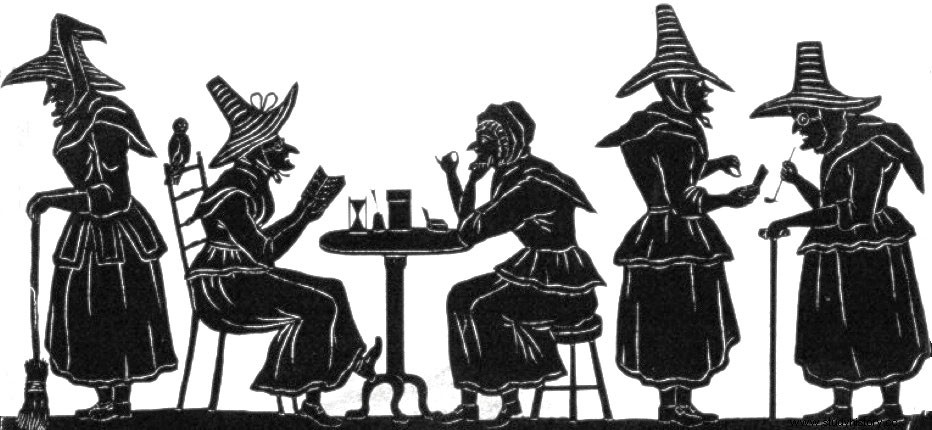
The story must begin somewhere. Witchcraft was such a great fear of the superstitious people of that time. It is no wonder that things sprouted into chaos in the 17th century. But it is important to start this story with the true catalyst of history. Jennet Device is the infamous star of this show. This nine-year-old illegitimate beggar child lived with his mother, two siblings and grandmother. Jennet is an important character in the story of 'The Pendle Witch Trials', but it does not begin with her. In fact, the story begins with her older sister. Alizon device. Who turned out to be the true catalyst for this story?
The first arrests
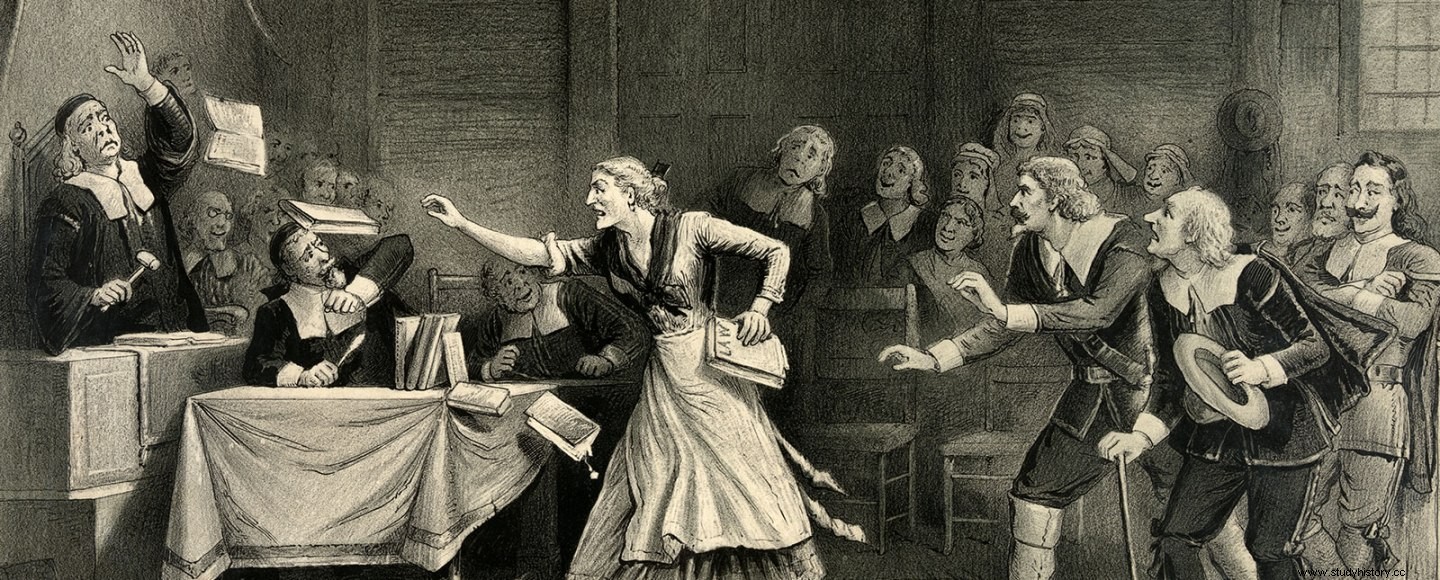
The story begins in 1612 when Alizon Device, the sister of the nine-year-old begging child Jennet Device, meets a merchant named John Law on the road. She asks the man for some pins, but when he refuses, in a moment of anger, young Alizon curses John and he falls to the ground.
We now know that he may have been unwell at first and suffered a stroke, but back in the 17th century an otherwise healthy man could have suddenly been beaten down with paralysis, blindness and inability to speak. magic. It was the last straw for those who lived around Pendle Forest. A long line of antisocial behavior had hung over the Device and Chattox house for a long time, and John Law's terrible disease was the last straw that broke the camel's back.
Alizon was arrested on the suspicion that she had sincerely cursed the merchant and admitted to being a witch, but she in turn pointed fingers at Old Woman Chattox and her daughter Anne. When they were arrested, they also started pointing fingers and Jennet's grandmother, Old Demdike, was also arrested. Both Old Woman Chattox and Old Demdike confessed. What else should they do? Both women were known as cunning women and apparently witches.
Old Demdike &Old Woman Chattox
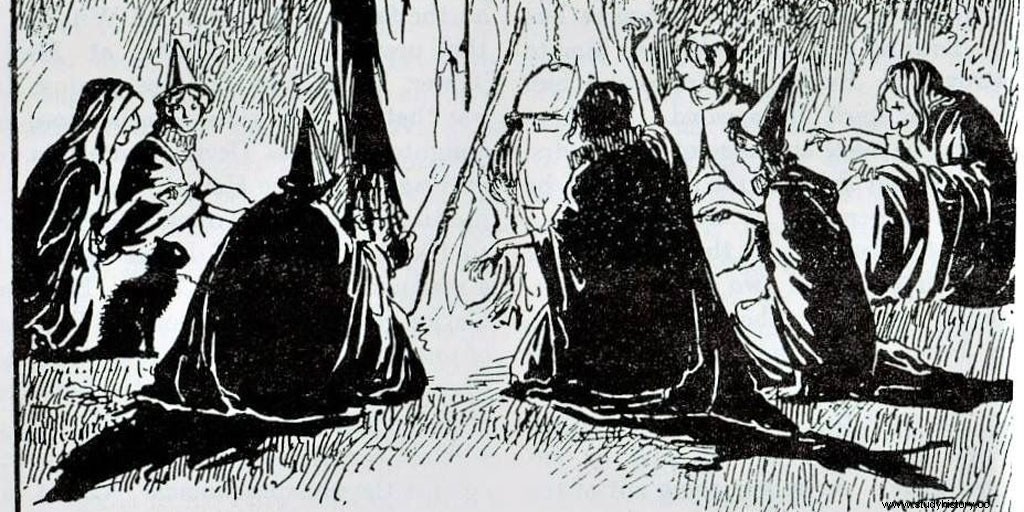
So why did these two pillars of society admit sorcery so easily? Both Old Demdike and Old woman Chattox were what became known as 'Cunning Women'. One of these women was one who worked as an herbalist, midwife and spelling writer in addition to imparting all the wisdom they might have to share for a fee. It was believed that they were white witches who used their power for good. So, when these two older women were convicted, what else could they claim?
Old Demdike
So who was "Old Demdike"? It is said that she was a very old woman and had been a white witch for about fifty years. She settled in the 'Forest of Pendle', which was huge and full of plants she could use for healing. But more common stories about this forest dweller were dark and cruel to watch. It is said that she made great efforts to raise the whole family to be witches and that she was an agent for the Devil. It is said that she cursed those who insulted or insulted her, and no one was safe from her rage.
Old Chattox Woman
Old Chattox was also a very old and decrepit woman, frail and almost blind. She was nothing impressive to look at. She is said to have been a dangerous witch and always the opposite of Old Demdike. These women hated each other bitterly and were always in competition for clients. It is said that Old Chattox's sorcery was always more likely to do more harm than good. She must have walked around and always chatted to herself. But no one knew what she was saying. She also lived in Pendle Forest and in the company of many evil and dangerous witches.
Not much is actually known about these women, the facts and fiction blurred lines. But it is more likely that these women were competing healers, midwives and spells. It is uncertain what fact and fiction are. But I think it's more likely that much of the devil worship and witchcraft is a fabrication. Today we know that herbs can cure the sick and what we knew as a cunning woman was simply someone with knowledge. But in these times, God forbids anything to go wrong if you practice any kind of healing by using herbs. It can send you to the executioner's loop.
Magistrates Plan
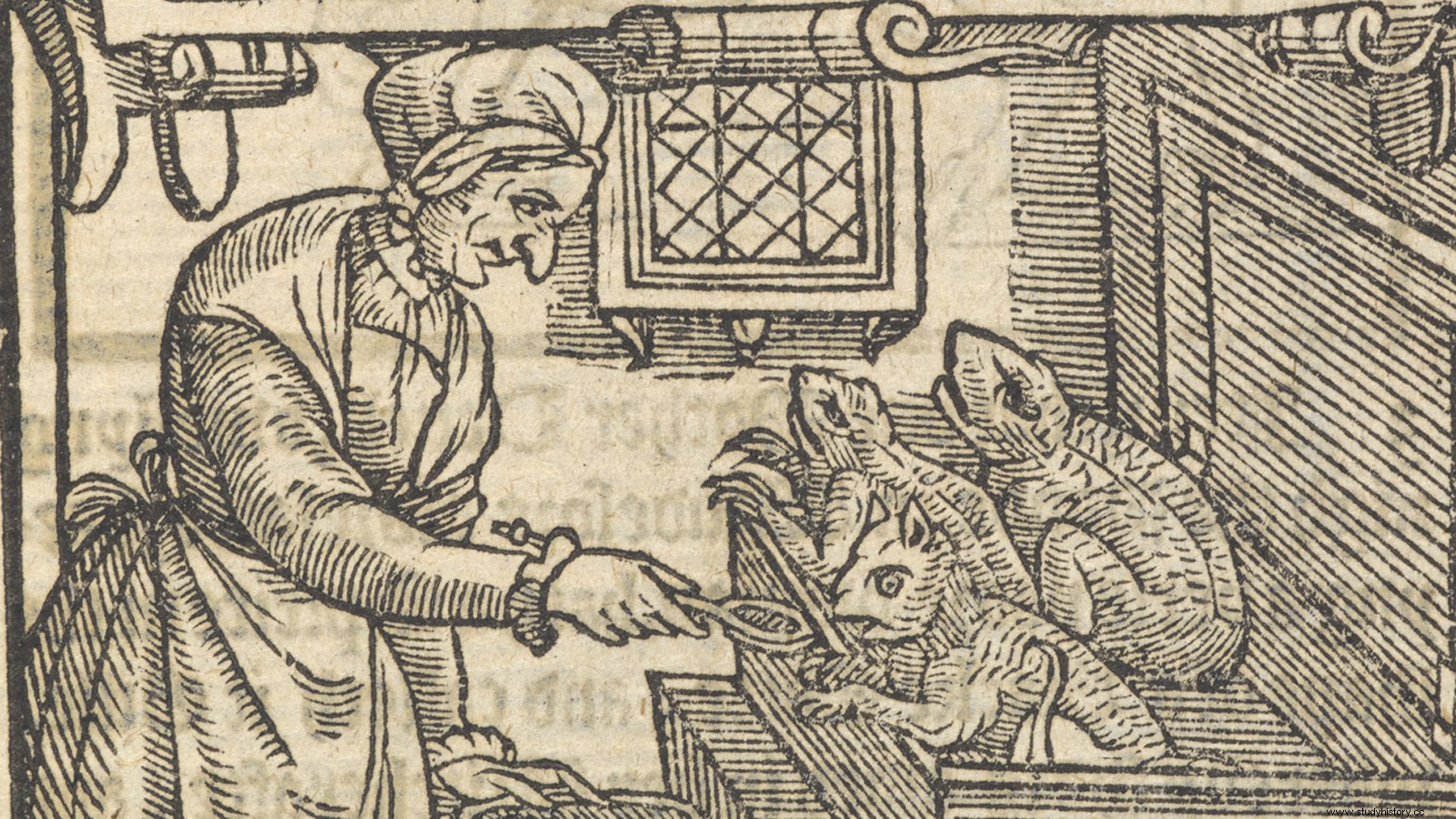
Although these four women were imprisoned, the magistrates had not yet completed the witch hunt. The following Sunday, when all the good Christians were in the church, the scribes noted who was not there. They found out that Alizon and Jennet's mother, Elizabeth, had held a gathering and at this gathering that her son, James, had stolen a sheep. Now, for a family that is already a suspect, the theft of a sheep from alleged witches must have looked very much like something for a ritual.
To make matters worse, both James and Elizabeth were arrested along with everyone else who attended the gathering. It is said that they planned to kill a man using witchcraft and were therefore imprisoned. James immediately accused his mother, but also accused the local Nutter family. This family was from a higher station and quite possibly a Catholic, who at that time, under the Protestant King James, was as bad as witchcraft.
King James VI &I 'Witch Hunter Guide'

In the year 1597, King James VI of Scotland created and published a compendium on witchcraft and the hunt for the devil's mistresses. This book was called 'Daemonology'. When it comes to the timeline of this story, the English King James I also published this book when he ascended the throne. This was in the year 1603.
This book sheds light on how to identify witches, as well as what punishments and trials they should deserve. Daemonology is divided into three parts:
- Magic &Necromancy
- Witches and Witchcraft
- Liquor and Spectrum
Why was James I so afraid of witches?
Daemonology takes the form of dialogue, which is popular among didactic works. This is why there are three parts to this infamous book. But why was King James so obsessed with witches? It is said that after the sorcery panic spread in 1590, he came to believe that he and his Danish bride, Anne, had been exposed to witches. The provocation of storms at sea that almost killed the royals, anchored this fear deeply in the King of England.
So why is this important for our history? Well, let me tell you. The law had made it clear that those considered minors would not bring evidence before a court, but with King James' witch-hunter guide called "Demonology", the line began to blur, especially in cases of witch trials. This book says "Children, women and liars can witness high treason against God." which now gives the registrar permission to bring in a new witness. Jennet device.
Jennet Device's mother was put to the test
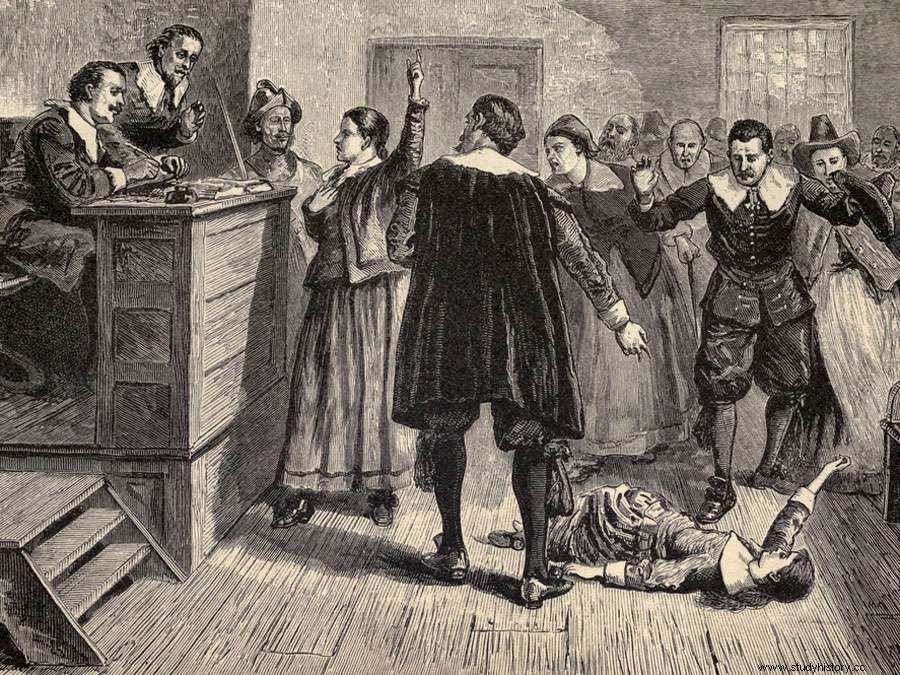
On the day of the mothers' trial, Elizabeth was next to herself, screaming and protesting when she learned that her daughter wanted to prove against her. Part of her must have known that this would mean her passing. She became so irritated that she had to be removed from the courtroom so that Jennet could submit her will in peace.
What did Jennet Device say?
When her mother was gone, Jennet was placed on a table and condemned her mother and family as witches. In her own words, she said, "My mother is a witch, and I know that is true. I've seen her spirit like a brown dog, which she called Ball. The dog asked what she wanted him to do, and she replied that she wanted him to help her kill. " It is said that she was extremely calm and controlled throughout the confession. But because of what she said, nine people were executed as witches, including her siblings and mother. Old Demdike died in prison before the trial even began.
No one knows why Jennet turned her family around the way she did. Was she avoided? As an illegitimate beggar, she must have had a hard life even at home. Was she coached and pressured by the scribes? Or did she just not understand what she was doing? Regardless of why, the nine-year-old beggar caused nine people to die during the Pendle Witch trials in 1612. After the experiments, there was no registration of the Jennet unit. That's until almost 20 years later.
Another child witness
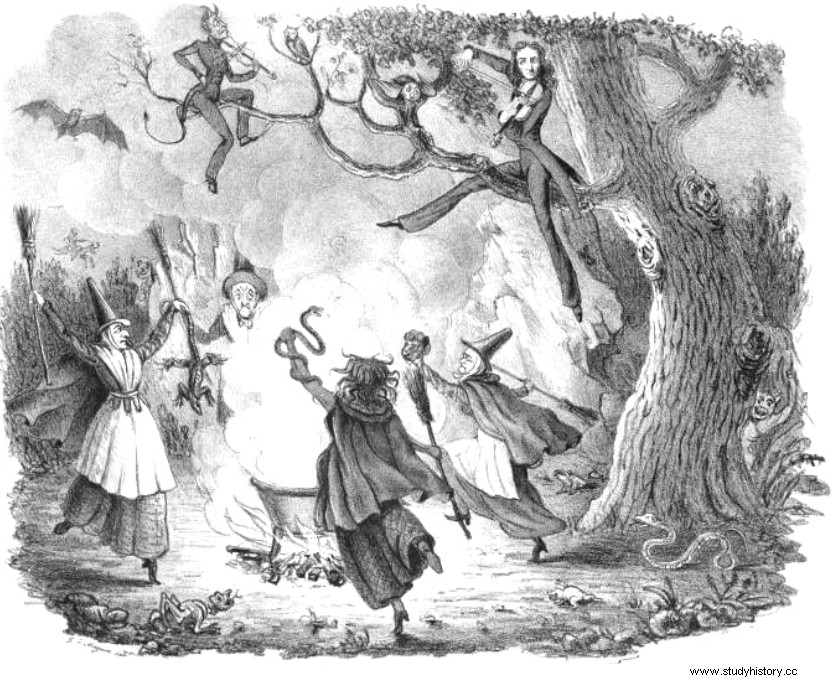
The Childs Tale
When 10-year-old Edmund Robinson came home late one night and spun a fantastic story to his father. He talked about two greyhounds that transformed into a female and a stallion. They swept him away to a house filled with witches. The house had ropes hanging from the ceiling and food materialized out of thin air. Or so the child said.
What Happened as a Result
When Edmund Edmond's father heard the son's story, he allegedly blackmailed the neighbors into paying him so that the son would not point them out as at the witch's home. One of the people who could not pay was Jennet Device. But 20 years had passed and there was a new king on the throne.
King Charles I, who was far more skeptical of witches than his father. He had gotten several magistrates in trouble for executing women who had not been guilty of their alleged witchcraft crimes. But times had changed and the courts took a far more cautious approach to trials involving witchcraft. Especially those who had children as their main witnesses.
Edmund gave his account of what happened. But unlike Jennet, he was not as calm or confident and his story crumbled. As if prison were not enough, each of the so-called witches was subjected to a physical examination. This is where their bodies were checked for a "devil's mark". None of them had this mark, and they were all set free.
The end of the Jennet device?
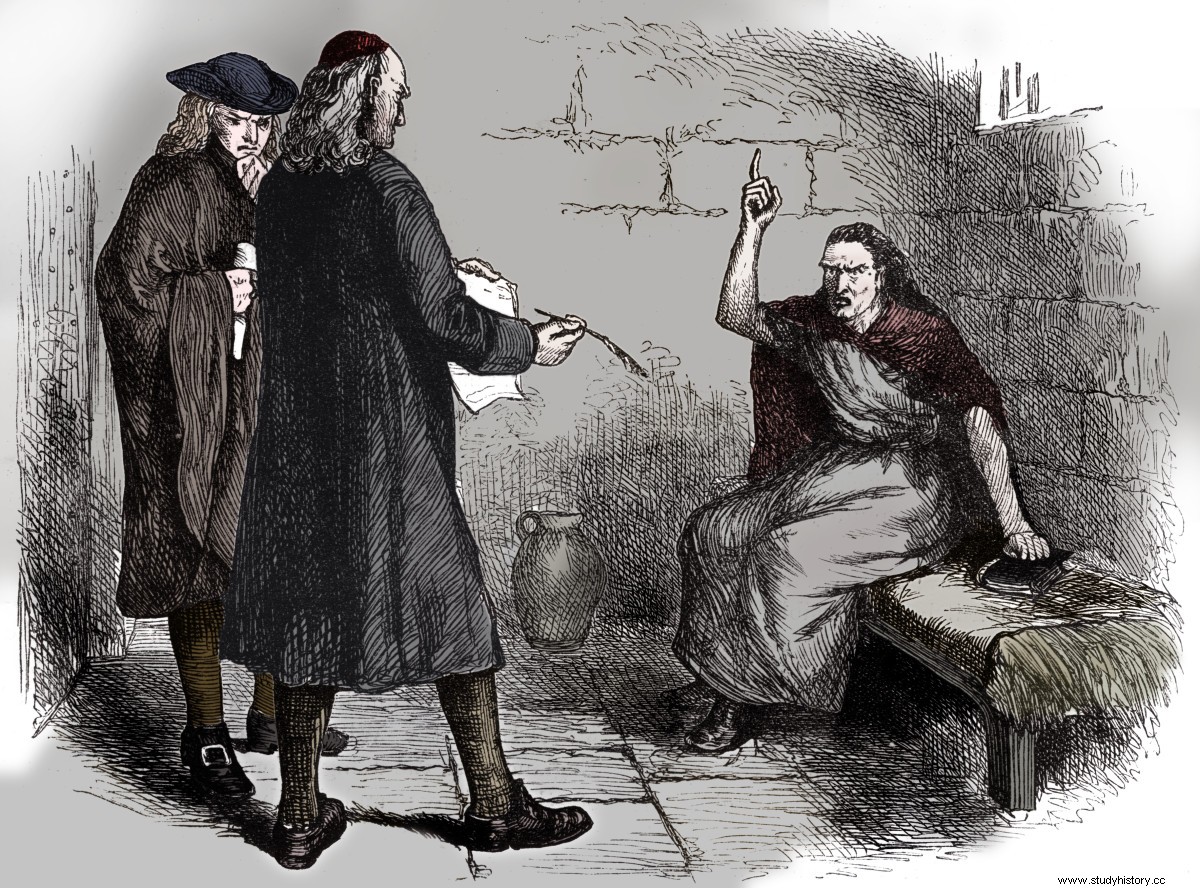
Things did not end well for Jennet. As a poor beggar, she had no money. At the time, you were expected to pay for room and board when you were sent to prison. So even if you were innocent, if you could not pay the fee, you were simply imprisoned. It is unknown what happened to Jennet. As a farmer, there are few records of her. But it is likely that she was unable to pay the fee and died in prison as her grandmother.
As if her death were not enough, her legacy would lead to more witch hunts and trials in the future. A man named Thomas Potts wrote a book about Pendle Trails called 'The Wonderful Discovery of Witches in the County of Lancaster' This book describes Jennett's role in capturing witches. This book and a book called 'The Country Justice' spread throughout England and its colonies. It came later to inspire the Salem Witch trials. Where three children accused the neighbors of witchcraft and nineteen people were hanged as a result.
the conclusion
That's the story of the Jennet Device and the Pendle Witch Trials. I hope you learned a lot and thought this was an interesting story. Personally, I enjoyed finding out about these alleged witches. I think what I found most fascinating was the blur of truth from fiction. The fear of the unknown provoked ruined decisions and condemned people who were probably innocent of their crimes.
The fact that several factors from this trial spurred other witch hunts is an interesting point. The Puritans and their superstitious beliefs at that time would bring another trial to the new world. That, along with 'Country Justice' published in England, would only inflate the flames that would be a witch hunt. This resulted in the deaths of several innocent men, women and children.
